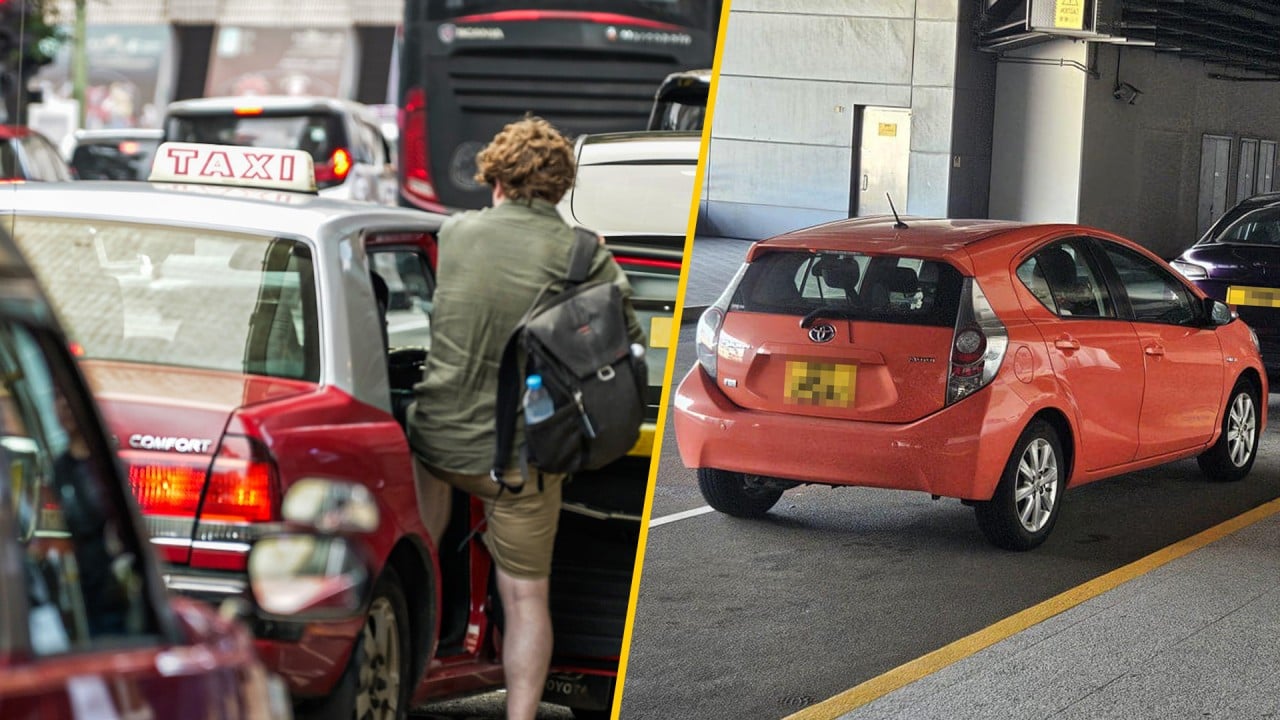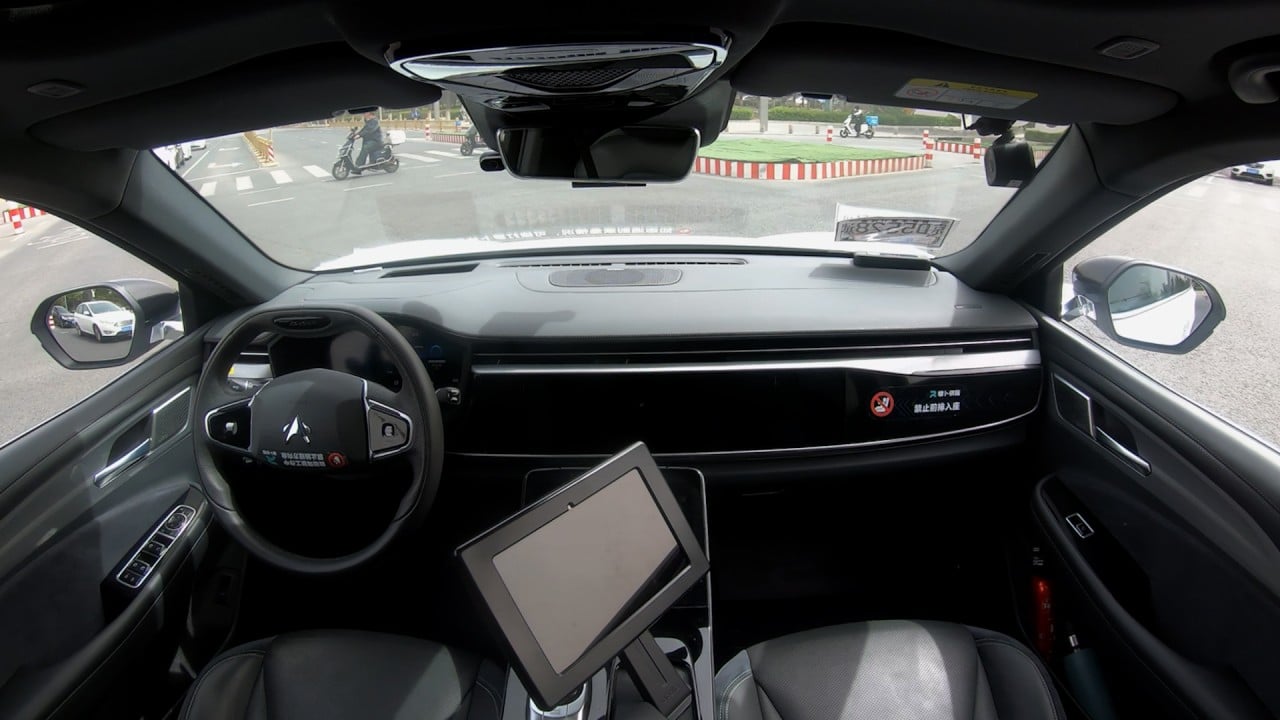
A smart Hong Kong would embrace Uber
- Ride-hailing services like Uber offer cleaner, more efficient urban transport which cuts the need for car ownership and therefore traffic and pollution
- Uber is not the ultimate answer, but fully adopting the service is a step in the right direction if Hong Kong aims to be a smart city
Why do people pay a premium to hail an Uber ride instead of a taxi? The difference is not insignificant: an Uber can easily cost up to 15-20 per cent more.
So, last year, I conducted an experiment. For one month, I took Uber to work every morning, across the harbour, rain or shine. For those 20 working days, the luxury service set me back about HK$3,000; the monthly expense is certainly not low.
But I finally realised what value Uber was providing – and I do not mean the simple convenience of taking me from A to B.
For those who can afford a private car and chauffeur, Uber offers an option for personalised mobility without car ownership. This is a step forward in reducing the number of cars in the city, and without the need for any promotional campaigns – consumers are capable of doing the maths themselves.
Second, I noticed that most of the Uber rides I took were in electric vehicles (EVs). Sometimes, I was picked up by a hybrid and only a few times in a conventional petrol-powered car. Talk to any Uber driver and most will tell you they drive EVs because the fuel costs are lower.
And, to maximise mileage, some Uber drivers only work during the peak morning and afternoon hours, recharging during the downtime. Unlike taxis that must typically be on hire for the whole shift to maximise revenue, Uber drivers can respond to supply and demand fundamentals. In improving efficiency and lowering energy consumption while delivering the same service, Uber makes a lot of economic sense.
Musk’s vision is in line with the World Economic Forum’s sustainable urban mobility target. By 2050, the WEF projects, 70 per cent of the world’s population will be living in urban areas like cities and towns, making mobility a major urbanisation challenge.
While passenger vehicles are projected to grow to 2.1 billion in that time, this can be reduced to just half a billion if the use of shared, electric, connected and automated (SEAM) transport grows – a whopping 76 per cent reduction in vehicles.
Beyond tackling congestion and improving transport efficiency, a boost in SEAM transport would also improve air quality, minimise pollution and increase health and productivity.
If we had listened to the candlemakers who complained about the invention of incandescent lamps or the horse carriage drivers who protested about the invention of cars, we would have made very little progress through the ages.
The discovery of new and improved methods was never intended to target the old industries. Inventors merely find ways to better perform tasks and services.
These are not the words of someone sitting on his high horse with no knowledge of the struggles of legacy industries. As a practising designer, I’m well aware that AI is on the verge of taking over some of my tasks. The challenge is to reinvent ourselves, stay agile, be open-minded and keep on learning.
After all, according to Charles Darwin, it is neither the strongest nor the most intellectual of the species that survives but the one that is best able to adapt and adjust to its changing environment.
Dennis Lee is a Hong Kong-born, America-licensed architect with years of design experience in the US and China
The author has no association or affiliation with Uber Technologies Inc., and does not own any of its stock




